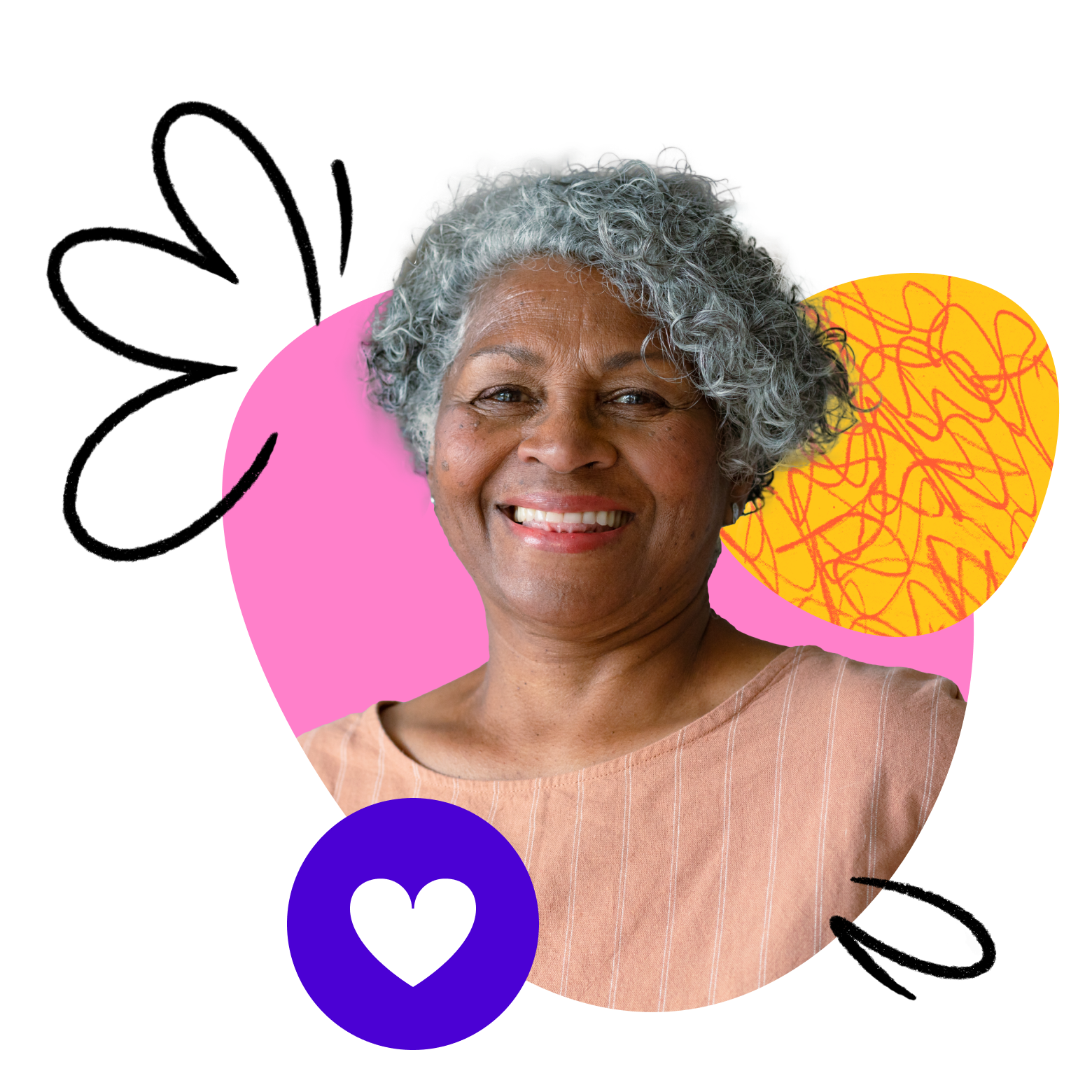
As part of Outschool’s webinar series on Diversity, Equity, Inclusion, and Belonging (DEIB), Holocaust education expert Michael Soberman joined us to help answer the question:
“How do I teach about a topic that is difficult and challenging to me, especially if I don’t really know where to begin?”
“Difficult topics” as referred to in this webinar include traumatic, challenging, or controversial moments from history and current events. The Outschool class content policy outlines a few of these special subject areas, and our requirement that classes on Outschool provide multiple perspectives is especially relevant when presenting these topics.
We’ve pulled out some of Michael’s top pieces of advice below, and we encourage you to watch the full webinar recording for a more in-depth look at how to talk about and teach these subjects in your classes appropriately.
One caveat before we dive in: How to teach about challenging events with different age groups and communities is a vast topic, and Michael notes that his approach is one of many. Learning how to have difficult conversations is a lifelong process, and what matters most is teaching with intentionality and empathy.
Get comfortable with the uncomfortable
As educators, our fear is often “If I’m not comfortable with this topic, how can I help my students be comfortable with this topic?”. Part of the foundation of teaching challenging subjects is being comfortable with the uncomfortable. Step one is recognizing that ambiguity is inevitable and that there are complex issues in our shared history that don’t have simple answers.
Michael reminds us that our greatest learning experiences often happen when we’re outside our comfort zones, and teaching about certain subjects may push both you and your learners into a new space where everyone is a little uneasy. One of the greatest lessons he thinks you can teach young people is that sometimes questions can only be answered with other questions. People and events are complicated, and it’s through discussions like the ones you lead in class that we can hope to find some conclusions to our biggest wonderings.
Consider starting out your class with an acknowledgment that this subject may make us all feel a little uncomfortable, and that’s okay. Everyone is invited to ask questions, share how they’re feeling, and know that they’re not alone if this topic feels new or confusing. Remember that learners may be coming into class with preconceived ideas and experiences related to the subject, as well, and that it’s your job to invite diverse perspectives into the classroom (as long as they don’t violate our community standards).
While it’s okay to ask your learners to invite in a little discomfort, your class content should always remain age-appropriate and never push someone into their “panic zone.” Sometimes that may mean finding creative techniques to introduce topics in a less direct or graphic way.
Follow good educational principles
“At the core of teaching difficult topics is good educational practice,” says Michael. Your principles should stay the same no matter what you’re teaching about. Here are five pillars he identifies as crucial to setting yourself up to teach these subjects:
- Learner-centered teaching
- Personal stories that provide true testimonies
- Relational teaching helps students develop a relationship with the subject
- Providing context, not just content
- Asking questions instead of giving answers
Michael references Janusz Korczak’s teaching philosophy when he says, “We teach students, not content.” In other words, “we use the content to connect students to a historical event,” but it’s the students that are truly the focus of your lesson.
“The relevance of the subject to the learner’s life, day to day, is the bridge that we want to try to build so they can see the relevance of things that happened a year ago, 10 years ago, 100 years ago to their community.”
Stick to these dos and don’ts
Michael addresses several common ways educators can miss the mark when teaching about challenging or traumatic events. Here’s a quick list to keep in mind as you write your lessons:
- Clearly define the terms you’ll be using
- Avoid comparisons to other painful events in history
- Avoid simple answers to complex questions
- Be precise with your language
- Make careful distinctions about sources of information
- Avoid stereotypical descriptions
- Do not romanticize history to engage students’ interest
- Translate statistics into people (personalize the history)
- Be sensitive to appropriate written and audiovisual content
- Select appropriate learning activities
- Reinforce the objectives of your lesson plan
There’s a lot to unpack in the list above! Watch Michael’s webinar for additional context on these points and more.
Be intentional about how you introduce the topic
One educator asked Michael, “How do I know which resources or topics are appropriate for my class?” Especially if you’re teaching a new group of learners, there may not be a way for you to know exactly how they’ll react to learning about a difficult topic.
Research a sample curriculum on your topic from a trusted organization to get an idea of what aspects of your subject are usually introduced to different age groups. Michael also suggests starting off by introducing a theme or question that gives learners a more accessible way “into” the subject. For example:
- Poetry and art. These formats can be excellent tools for starting a conversation about a challenging historical moment in a less direct way since they can give a more abstract interpretation of events instead of stark factual info. Ask learners to share their reactions to a piece of art made about your subject and jump in from there.
- Personal stories that are age-appropriate. First-hand accounts of an event can help you start to build that relationship between learners and the subject matter, and they often include more information beyond graphic details of a traumatic event. You can ask learners questions like: How was the person feeling? What are they telling us about their experience? What questions do you have after reading this account?
If you’re not sure how much to share about a challenging topic, err on the side of caution at first. You always want to avoid getting into graphic details or ideas that a learner is unable to process; that trauma is hard to undo. You should also have a Parental Guidance statement in your class listing to let families know what topics you’ll cover. If you teach an ongoing or multi-day course, it’s also best practice to give a heads-up at the beginning of the class when you are specifically addressing a difficult subject.
Final thoughts
As Michael wrapped up his presentation, he urged educators to remember that traumatic or controversial historical events are rooted in “context, time, and the state of humanity at that moment.” As teachers, our purpose is to guide learners towards asking the right questions that help them make sense of our shared history.
“Instead of saying ‘This is the way it is!’ as a definitive statement, say ‘Is this the way it is?’,” Michael emphasizes. And that can make all the difference for your learners – from little ones to teenagers – as they begin to understand their role in the world around them.

